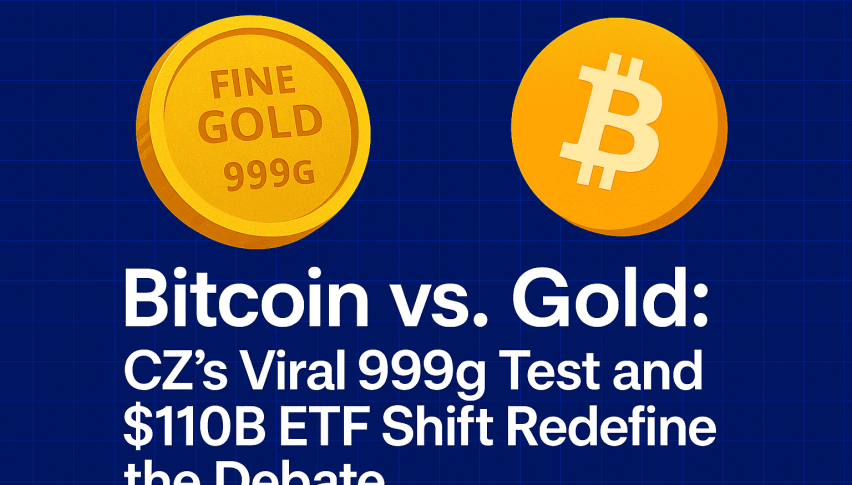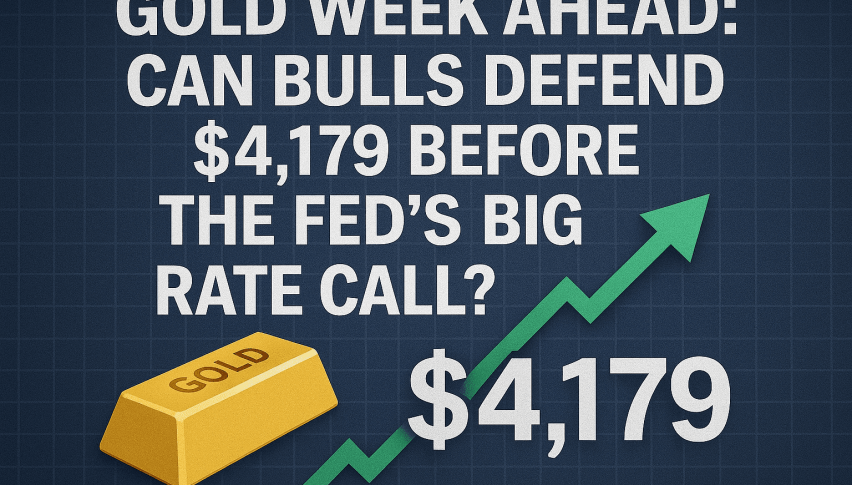Gold Loses Luster as US-Japan Agreement Curbs Demand
The yellow metal declined after making significant gains this week due to a trade agreement between the US and Japan

Quick overview
- Gold prices declined after significant gains this week due to a US-Japan trade agreement that increased risk appetite.
- Despite the dip, gold maintained strong gains, remaining less than $100 away from its record high set in April.
- The announcement of a 15% tariff on Japan, lower than previously threatened, provided some relief but kept markets cautious.
- Ongoing trade tensions with the European Union continue to contribute to market volatility.
The yellow metal declined after making significant gains this week due to a trade agreement between the US and Japan that increased risk appetite and reduced demand for haven assets. However, as markets remained cautious about President Donald Trump’s trade tariffs, which will take effect on August 1, the yellow metal still maintained strong gains this week, less than $100 away from a record high set in April.

Caution before a closely watched Federal Reserve meeting also supported gold, while weakening the dollar after two weeks of gains. Overall, metal prices mostly stayed within a range on Wednesday.
Gold and other safe-haven assets dipped following Trump’s announcement of a trade agreement with Japan would impose a 15% tariff on the country. The 15% tax is lower than the 25% levy Trump had previously threatened, and there was some relief from the 25% tax due to lower tariffs on Japanese auto exports. The Japanese stock market surged to new heights.
Gold increased by 2.2 percent this week despite Wednesday’s dip, mainly because markets remained nervous about more U.S. trade agreements and an upcoming Federal Reserve meeting. Additionally, gold was trading near its April record high of $3,500 per ounce. This week, other precious metals also gained value; spot silver and platinum rose between 1% and 3%. Both metals experienced slight declines today.
Although the U.S.-Japan trade deal signifies some progress in trade policy, ongoing trade tensions with the European Union have kept most markets volatile. After Washington pushed for a higher tariff level than EU leaders were asking for, the bloc appeared to prepare retaliatory tariffs against the world’s largest economy.
.
- Check out our free forex signals
- Follow the top economic events on FX Leaders economic calendar
- Trade better, discover more Forex Trading Strategies
- Open a FREE Trading Account


